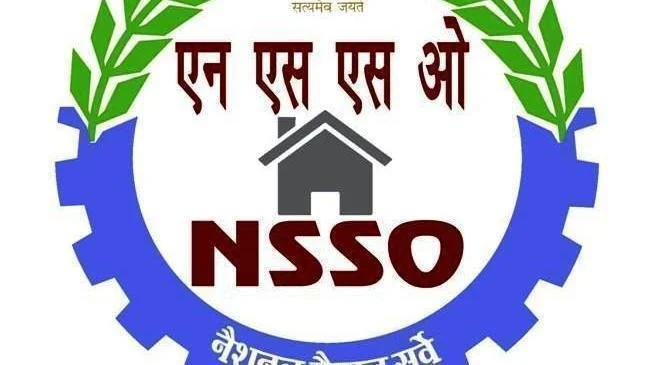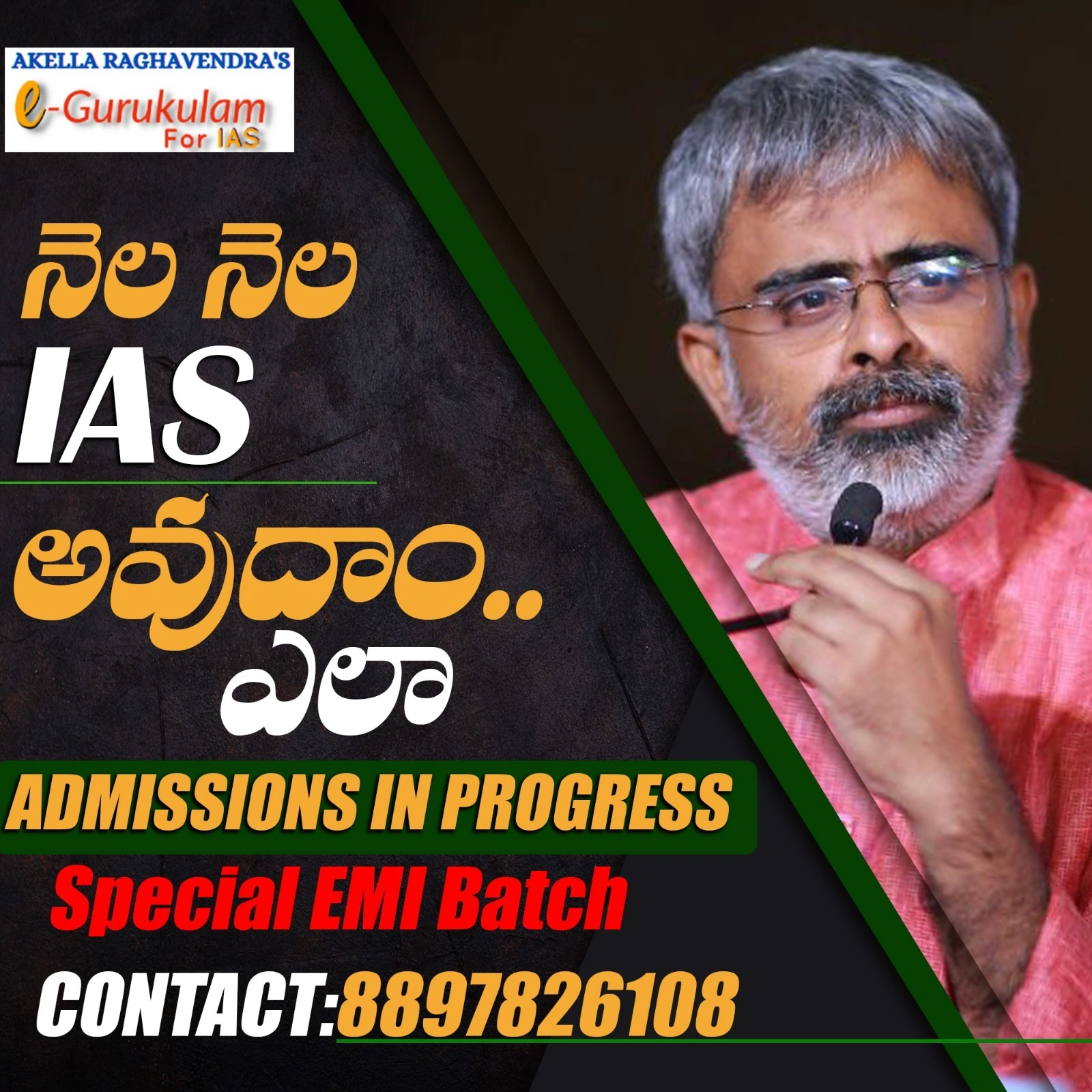National Sample Survey (NSS)
The National Sample Survey (NSS) was initiated in 1950 to bridge data gaps for national income estimation. The first survey covered only rural India, and urban areas were included in the third round (1951).
The NSSO (National Sample Survey Organisation) was formally established in 1970 as part of the Department of Statistics.
- P.C. Mahalanobis, along with V.K.R.V. Rao, D.R. Gadgil, and Debabrata Lahiri, played crucial roles in shaping the survey methodology.
Survey Methodology & Evolution
-
In 1970 , a 10-year survey cycle was
introduced, with:
- Employment-Unemployment and Consumer Expenditure surveys every five years .
- Debt and Investment Surveys every ten years .
- A seven-year core survey period , with three years reserved for special requests from state and central governments.
- Since 2017-18 , the Periodic Labour Force Survey (PLFS) has been conducted annually .
- Since 2021-22 , the Survey of Unincorporated Sector Enterprises has also been made annual .
-
In 2024 , the NSSO introduced:
- A survey on capital expenditure (Capex) investment intentions in the private corporate sector.
- A pilot study on service sector enterprises .
Challenges
- Data Limitations :
- Still reliant on Census 2011 data for population estimates.
- Need for an updated master list of geographic units .
- Communication & Policy Impact :
- Efforts to make survey findings more accessible to policymakers and the public .
- Data user conferences introduced to explain survey results.
Way Forward
- Academic Collaboration :
- A strong academia-NSSO link existed in the early years but has weakened .
- Needs revitalization to improve research-based policymaking.
- Future Vision
- Strengthening statistical systems for evidence-based policy in India's journey toward Viksit Bharat 2047 .













